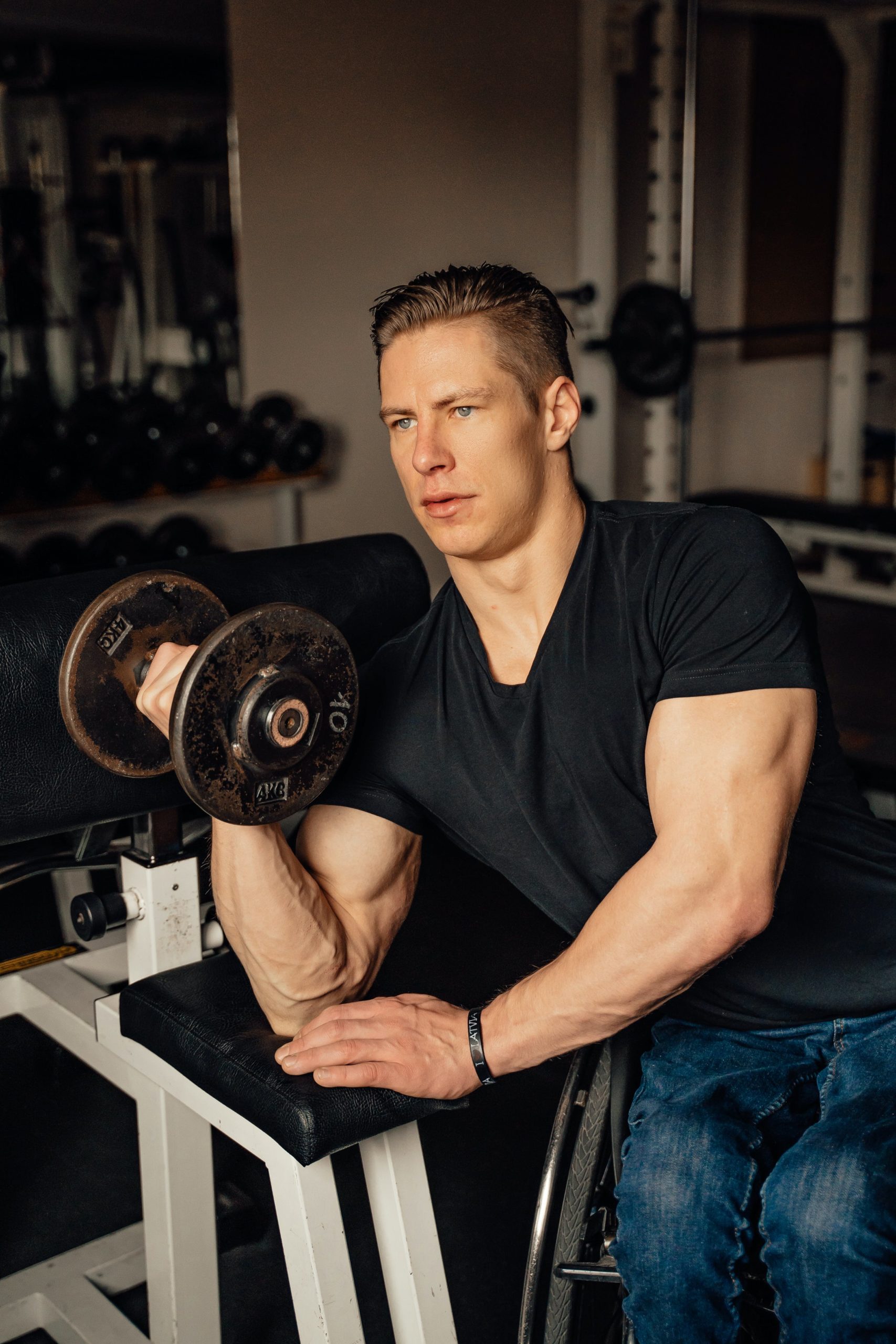
Maintaining An Active Lifestyle With A Disability
Living with a disability doesn’t have to equate to a sedentary lifestyle. Keeping an active routine is not only possible but also vitally important for both mental and physical well-being, and this still applies even if you are wheelchair-bound.
Finding suitable and enjoyable activities is the key to staying active and healthy, and that’s what this guide is designed to do. For those who struggle with mobility issues, exercise for wheelchair users is not only attainable but can also be highly enjoyable and fulfilling. Read on to find out more about exercising for the disabled and start feeling positive about yourself.
You Can Still Feel the Benefits of Exercise From a Wheelchair
Disabilities can inhibit some types of movement, but the human body still needs to stay active in whatever way it can. Exercise has a powerful effect on your everyday life – as your body releases endorphins from working out, you’ll feel mentally better with a feeling of accomplishment.
Performing regular exercise that raises your heart rate and puts more oxygen into your muscles (cardiovascular exercise, also known as aerobic exercise), as well as workouts that use resistance or weight to build the muscles in your body (muscle-strengthening exercises), are both crucial to maintaining good health.
The NHS advises at least two and a half hours a week of cardiovascular activity as well as muscle-strengthening exercises on 2 or more days a week. While you can get the exercise you need at home, going to a disabled-accommodating gym can provide you with equipment that is adapted to help wheelchair users. You can find these gyms via the Activity Alliance website.
Cardiovascular Exercise From A Wheelchair
The great thing about cardiovascular exercise is that the most effective methods double up as social opportunities. Going swimming or playing wheelchair sports such as netball, basketball, tennis or rugby are incredibly effective at exercising the body without you even realising it.
Alternatively, you could try wheelchair sprints at a track or in a studio, or even using a rowing machine that’s been adapted for wheelchair users, like the NuStep Cross Trainer. With a 360-degree swivelling seat that makes mounting and dismounting easy, this machine is designed to embolden wheelchair users to invigorate their exercise with an enjoyable and adaptable workout experience.
Muscle-Strengthening Exercises from a Wheelchair
While pushing a wheelchair is good for the arms and chest, the back and shoulders can be neglected without focused exercise on this part of the body, which could lead to injury, bone loss and muscle atrophy.
Pull-ups are one way of strengthening the back muscles that don’t require any work on the legs. Or if you want to get the shoulders involved, there are several exercises that can be done using resistance bands or dumbbells such as a single-arm shoulder press.
Staying active despite the impediments of mobility aids is a remarkable feat that we at the Mobility Aids Centre are here to help you with. We offer the NuStep Cross Trainer and numerous other equipment and tools to help you in your day-to-day life. Browse our range today, and if you have any further questions, contact us or visit our showroom and our team would be glad to answer your queries.
-
543 Reviews


